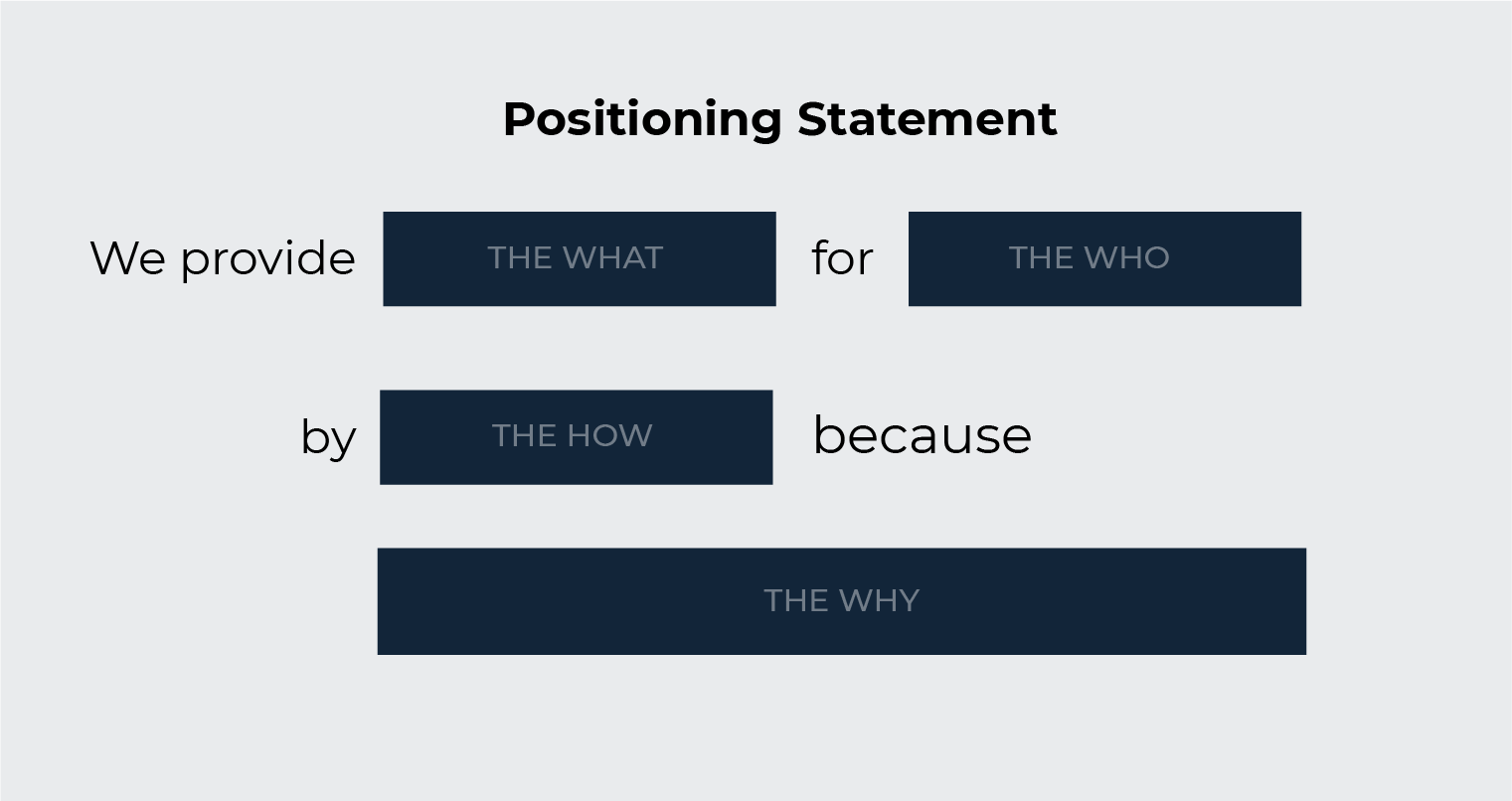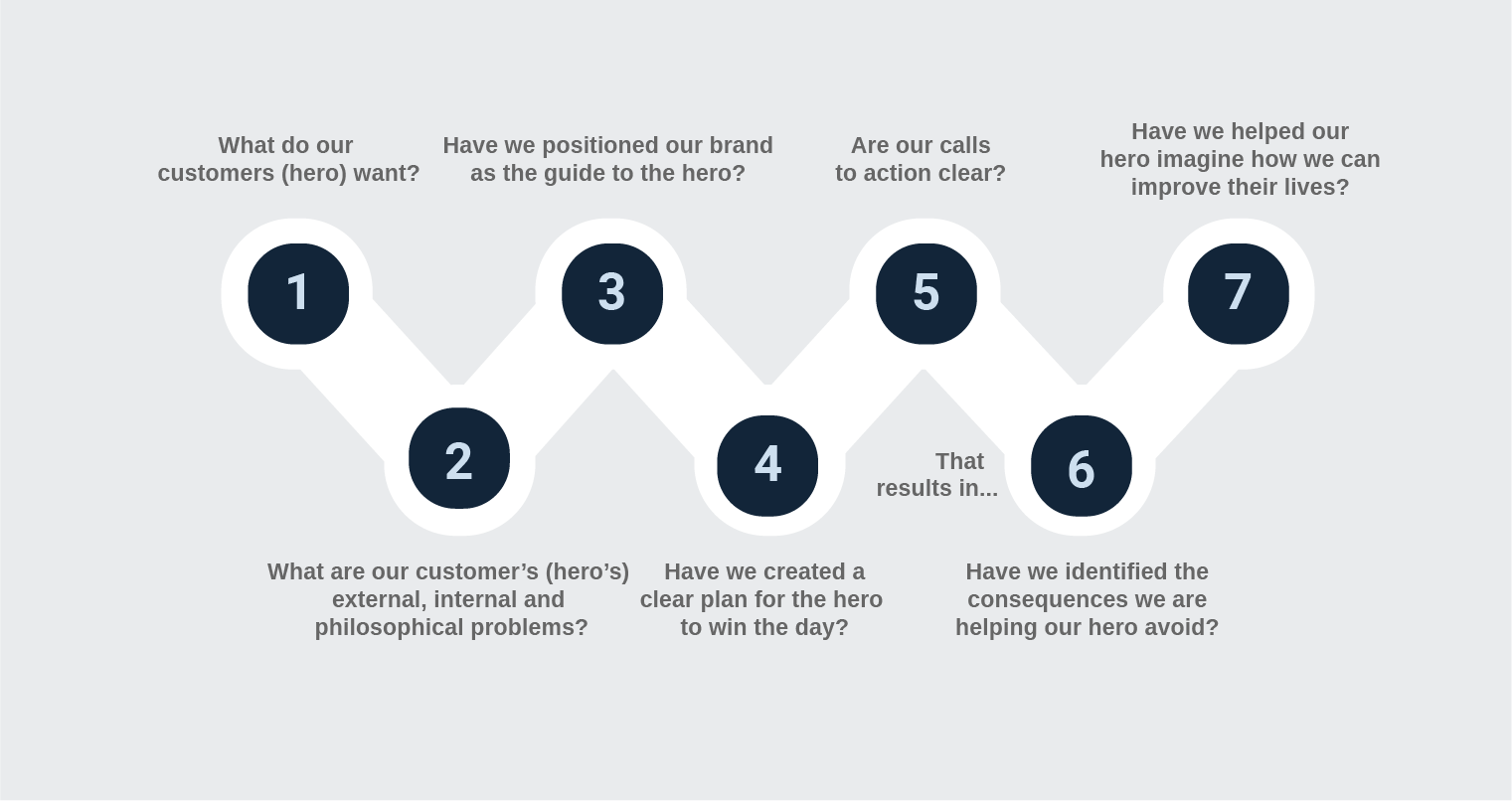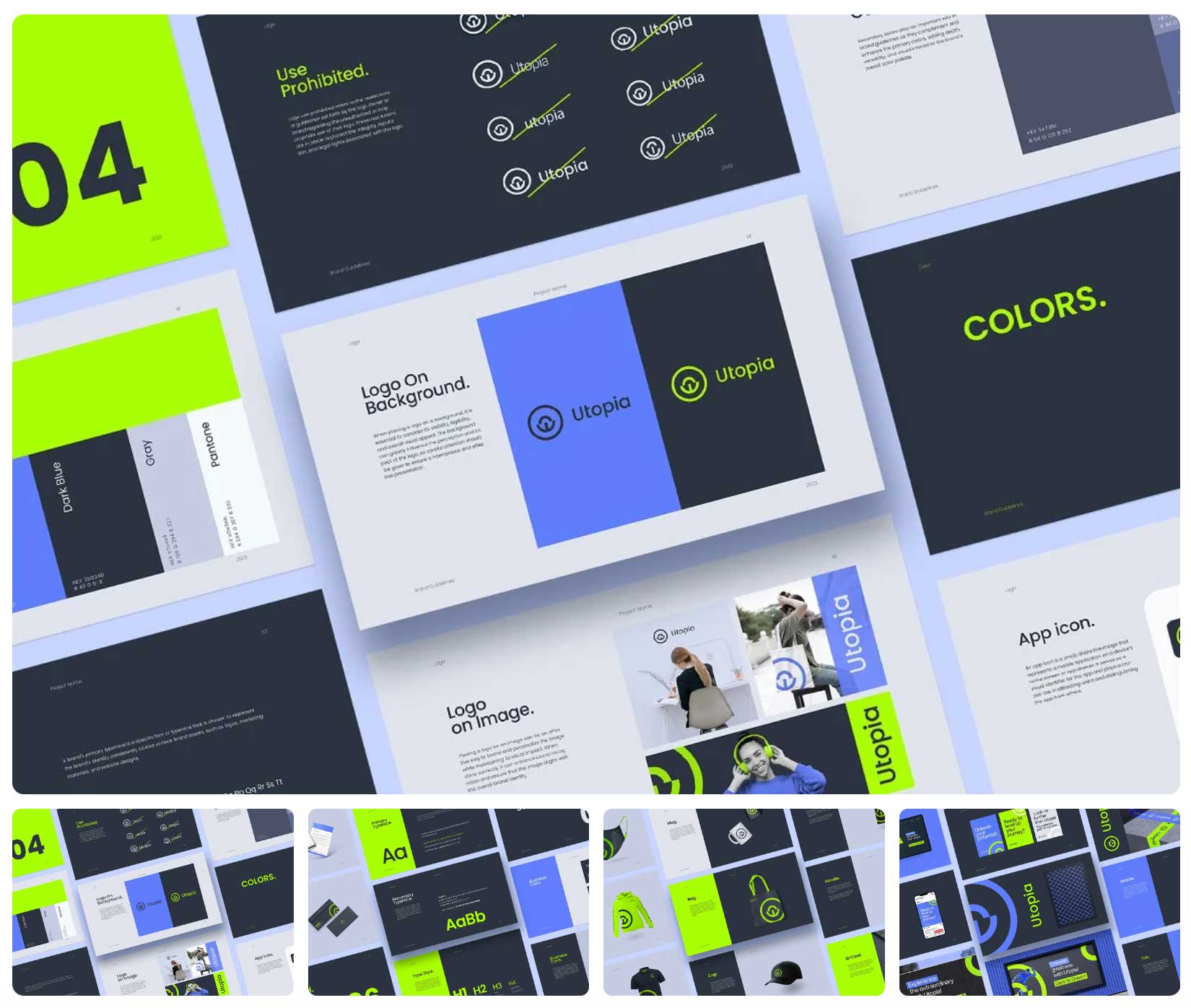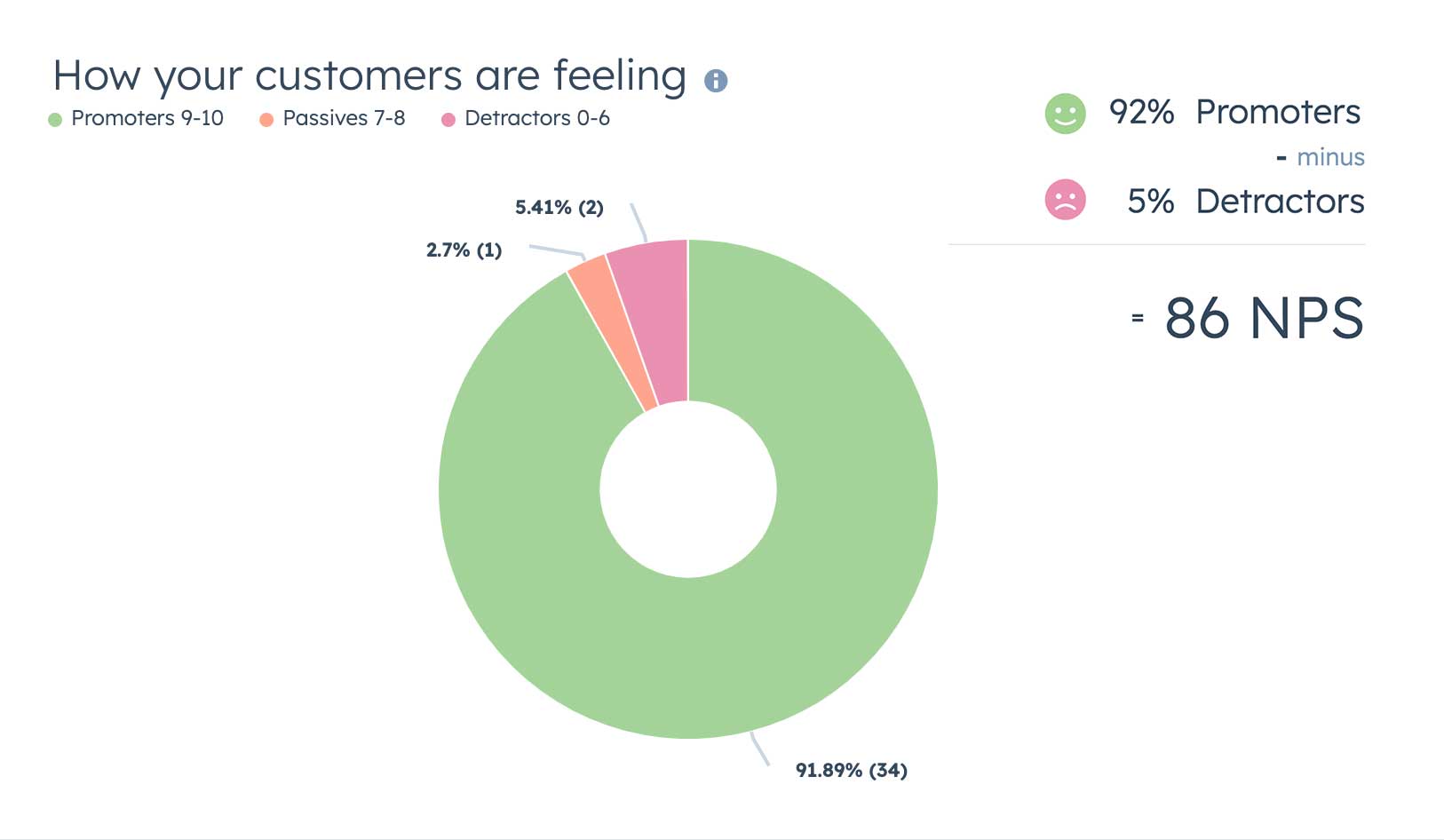Having an idea and then working to establish a brand is a valuable investment for startups and growing businesses in today’s competitive “me-too” online landscape. It is particularly important for those aiming to launch their business effectively and sustainably over the long term.
If you have a groundbreaking idea for a product or service, I strongly recommend considering the development of your brand from the outset.
Looking at the successes of visionaries like Elon Musk and Steve Jobs, their substantial growth wasn’t surprising. This success is attributed to a well-thought-out brand that distinguishes them from competitors. A noteworthy aspect is that effective brands go beyond conventional recognition – they connect with customers personally, contributing to their ability to thrive and transform positively. Brands also enhance experiences, as seen in the satisfaction of morning coffee or the comfort a chosen mattress brand provides.
Now, the question arises: How can you unlock the superpower of brand development to establish a strong emotional connection that propels your business into the future?
This article delves into the significance of brand development and its impact on business success. It explores the process of creating a compelling brand voice that resonates with your target audience from the moment they encounter your brand. Whether you’re a startup or an established business, effectively communicating your brand values and message is essential for building a sustainable and profitable business with limitless potential.
By strategically positioning your brand, you can leverage its unique identity to attract and retain customers, enhance your reputation, and foster enduring connections. These are the types of brands that people are willing to go out of their way for or patiently wait to experience.
I will delve into key branding strategies and offer practical tips for crafting a strong and memorable brand identity. Join me as I guide you on using the superpowers of brand development to drive success in your business.
Contents
The Importance of Brand Development
Brand development has become more critical than ever in the age of AI. A strong brand can differentiate your business from your competitors, create a sense of trust and loyalty among customers, and ultimately drive business success. It can also make a higher-priced item feel right. It is the foundation upon which your entire marketing strategy is built, shaping how your target audience perceives your business.
Brand development is not just about creating a clever logo, packaging or a tagline. It is a strategic process that involves defining your brand’s values, mission, vision, purpose, messaging, personality, and positioning in the market. It encompasses everything from your brand’s visual identity to its tone of voice and the overall experience it delivers to customers. It also answers Simon Sinek’s famous answer to “why” – why you exist.
By investing in brand development, and consistent branding practices, you can establish a strong and cohesive identity that resonates or “brands” your target audience—like a hot searing brand iron. This allows your business to stand out in a crowded marketplace and build lasting customer connections.
Additionally, a well-developed brand can command higher prices, attract top talent, and create a sense of employee pride.
In summary, brand development is not just a nice-to-have but a necessity for businesses looking to thrive in today’s competitive landscape. It lays the foundation for all marketing efforts and sets the stage for long-term success.
Real Life Brand Example: I love Mrs Renfro’s salsa. It goes on almost everything I eat—and I can’t live without it. I will drive to the only grocery store in Franklin that carries it despite shopping elsewhere. This is an example of brand connection.

Quintana Roo’s new XPRi brand
Understanding Brand Identity
To unleash brand development’s superpowers, it is essential to first understand what brand identity is. Brand identity refers to the way a brand presents itself to the world. It encompasses everything from the visual elements, such as logo, colors, and typography, to the messaging, tone of voice, and overall personality of the brand.
A strong brand identity is consistent, cohesive, and aligned with the brand’s values and target audience. It is what sets a brand apart and makes it instantly recognizable. Think about iconic brands like Apple or Tesla – their identities are so strong that you can instantly identify their products (shape, color, and feel) without seeing a logo.
To develop a strong brand identity, businesses must define their brand’s values, personality, and positioning in the market. This involves understanding the target audience, conducting market research, and identifying what sets the brand apart from competitors. Once these elements are defined, they can be translated into visual and verbal cues that convey the brand’s identity.
Businesses can create a consistent and memorable customer experience by understanding and developing a strong brand identity. This helps build trust and loyalty and makes the brand more relatable and appealing to the target audience. A strong brand identity is the cornerstone of successful brand development.
Product Brand Example: QR is a triathlon-specific brand. When triathletes ride a QR in a race, they trust the bike will make them faster. QR also has a unique shape, color and style that separates it from other bikes in the category.
SAAS Brand Example: If you’re a SAAS company, think of a brand like HubSpot. HubSpot has been branded around the concept of “Solve for the customer” which is ingrained into their inbound marketing methodology to their CRM. This brand attribute is moving HubSpot upmarket and to the front of the category.
Service Brand Examples: Ritz Carlton is known for their $2000 rule. The $2,000 Rule is a customer service policy that empowers the hotel’s employees, referred to as “ladies and gentlemen,” to spend up to $2,000 per day, per guest, without seeking approval from their superiors, to resolve any guest issues or complaints. This simple brand attribute is one of many that made the Ritz Carlton’s customer service unmatched in the hospitality industry.
Key Elements of Brand Development
Brand development involves a series of strategic steps to create a strong and compelling brand identity. Let’s explore the key elements of brand development and how they contribute to building a strong identity for success.
1. Understand Product-Market Fit
What is product-market fit? It’s essentially the alignment between your product (service or offering) and the market demand, occurring at the opportune moment to establish a viable, profitable, and enduring business. It is the first step in the brand development process. And an approach I have used for over 25 years to develop brands.
And here’s why: Over 30% of businesses fail (some sources say as high as 90%) because their offering fails to achieve product-market fit.
Ultimately, the question revolves around whether your product can generate sufficient revenue to cover its development, production, and marketing expenses while maintaining profitability. Without this financial viability, the endeavor may not be worthwhile.
Coined by Marc Andreessen, product-market fit is described as the synergy between being in the right market with a product that effectively meets that market’s needs. Product-Market Fit analysis consist of researching the following elements:
- Understand Industry Trends
- Keyword Trends
- Market Demand
- Competitive Analysis
- Naming, Domains, Trademarks, Patents and
- SWOT
Consider renowned brands like Apple’s iPhone, Microsoft’s Windows, Starbucks’s Latte, and Nike’s Air Force 1s—they all epitomize product-market fit. These products addressed significant market needs at precisely the right time, contributing to their widespread success.
Learn more about Product-Market Fit.
2. Define Your Brand Values and Personality
The first step in brand development is defining your brand’s values, mission, vision, purpose and personality. This involves identifying the core beliefs and principles that guide your business and shape its identity. Consider what your brand stands for, its beliefs, and how your target audience will perceive or experience your brand.
Defining your brand values and personality helps create a strong foundation for your brand identity. It ensures that every aspect of your brand, from visual elements to messaging, is aligned with these values. This consistency is key to building trust and loyalty among customers.
3. Create a Brand Positioning Statement
A brand positioning statement is a concise statement that defines how your brand is positioned in the market and what sets it apart from competitors. It communicates the unique value proposition of your brand and captures the essence of what makes it special.
A popular strategy for product positioning was developed by Jack Trout and Al Ries. They suggested that it’s more advantageous to be the first brand that comes to a customer’s mind, rather than simply being the best. The concept is to establish a unique claim in the category and highlight the most important benefit to the customers. For example:
- BMW is considered as the first European sports car for young urban professionals (called yuppies in the 80s)
- AIRBNB is known as the first platform where you can find a home away from home and explore the local culture.
- UBER is recognized as the first ride-sharing app that allows users to easily get a ride when they need it.

Positioning Statement Framework
A well-crafted brand positioning statement helps in guiding all marketing efforts and ensures that your brand’s message is consistent across different channels. It helps in differentiating your brand from competitors and gives your target audience a clear reason to choose your products or services over others.
To craft a positioning statement, you must state your offering, category, process, target audience, and the reason it matters. Here is an example from a branding expert Marty Neumeier.
3. Design a Memorable Brand Logo and Visual Identity
Visual elements play a crucial role in brand development. A well-designed brand logo and visual identity can instantly communicate your brand’s personality and create a strong impression on your target audience. Your logo should be distinctive, memorable, and reflective of your brand’s values and positioning.
In addition to the logo, your visual identity should consistently use colors, typography, and other visual elements. This helps create a cohesive and recognizable brand identity across all touchpoints, from your website to your marketing materials.
When your branding elements align and are used consistently used, it will make your marketing more profitable and effective over time.

Brand Identity
4. Develop Consistent Brand Messaging Using Story
Brand messaging is how you communicate your brand’s values, personality, and positioning to your target audience. It is the voice of your brand and shapes how your customers perceive and connect with your business. Consistency in brand messaging is key to building trust and establishing a strong brand identity.
Developing consistent brand messaging involves defining your brand’s tone of voice, key messages, and storytelling approach. It is important to ensure that your brand’s messaging is aligned with your target audience’s preferences and resonates with their needs and aspirations.
We utilize a certified StoryBrand™ approach to create messaging that naturally engages prospects.

StoryBrand Messaging Framework

Brand Guidelines
5. Implement a Brand Strategy Across Different Channels
A strong brand strategy ensures that your brand’s identity is consistently communicated across all online and offline channels. It involves developing a comprehensive plan for representing your brand in various marketing touchpoints, such as social media, website, advertising, and customer service.
Implementing a brand strategy involves creating guidelines that outline how your brand should be represented visually and verbally. These guidelines ensure consistency and help maintain the integrity of your brand’s identity across different channels.
To make your branding more effective, always stay within your guidelines. The human brain is drawn to repetition and clarity. If you start adding different fonts, colors or voice tone, whatever connection you had, quickly becomes disconnected.
Measure the Success of Your Brand Development Efforts
Measuring the success of your brand development efforts is crucial to understand the impact of your branding strategies and make necessary adjustments. Key metrics include brand awareness, customer perception, customer satisfaction, loyalty, and market share.
To keep an eye on your brand’s performance, you can use HubSpot’s social listening app or monitor the number of times your brand name is being searched through Google Search Console. Additionally, it’s advisable to keep track of your Net Promoter Score (NPS) to understand how your customers perceive your branding assets, marketing strategies, and customer service.

Use NPS as a way to measure your brand.
By regularly monitoring these metrics, businesses can identify areas for improvement and make data-driven decisions to strengthen their brand identity. It is important to remember that brand development is an ongoing process, and continuous monitoring and refinement are key to long-term success.
Conclusion: The Impact of a Strong Brand Identity on Business Success
A strong brand identity is a powerful tool that drives the most successful, purposeful, and game changing companies forward. By investing in brand development and creating a compelling brand identity from the start-up phase —businesses can differentiate themselves from competitors, build trust and loyalty among customers, and create lasting connections that drive customer lifetime value for years to come.
Establishing a robust brand identity not only lays the foundation for successful marketing but also draws in and retains customers, enhancing the overall reputation of the business. Ultimately, this increased appeal makes the business more attractive for investment.
Remember, brand development is not a one-time effort but an ongoing process. It requires a deep understanding of your target audience, clearly defining your brand’s values, mission, vision, purpose, and personality, and consistent communication across all touch points. By unleashing the superpowers of brand development, businesses can build a strong identity that sets them up for long-term success in the ever-evolving marketplace.






